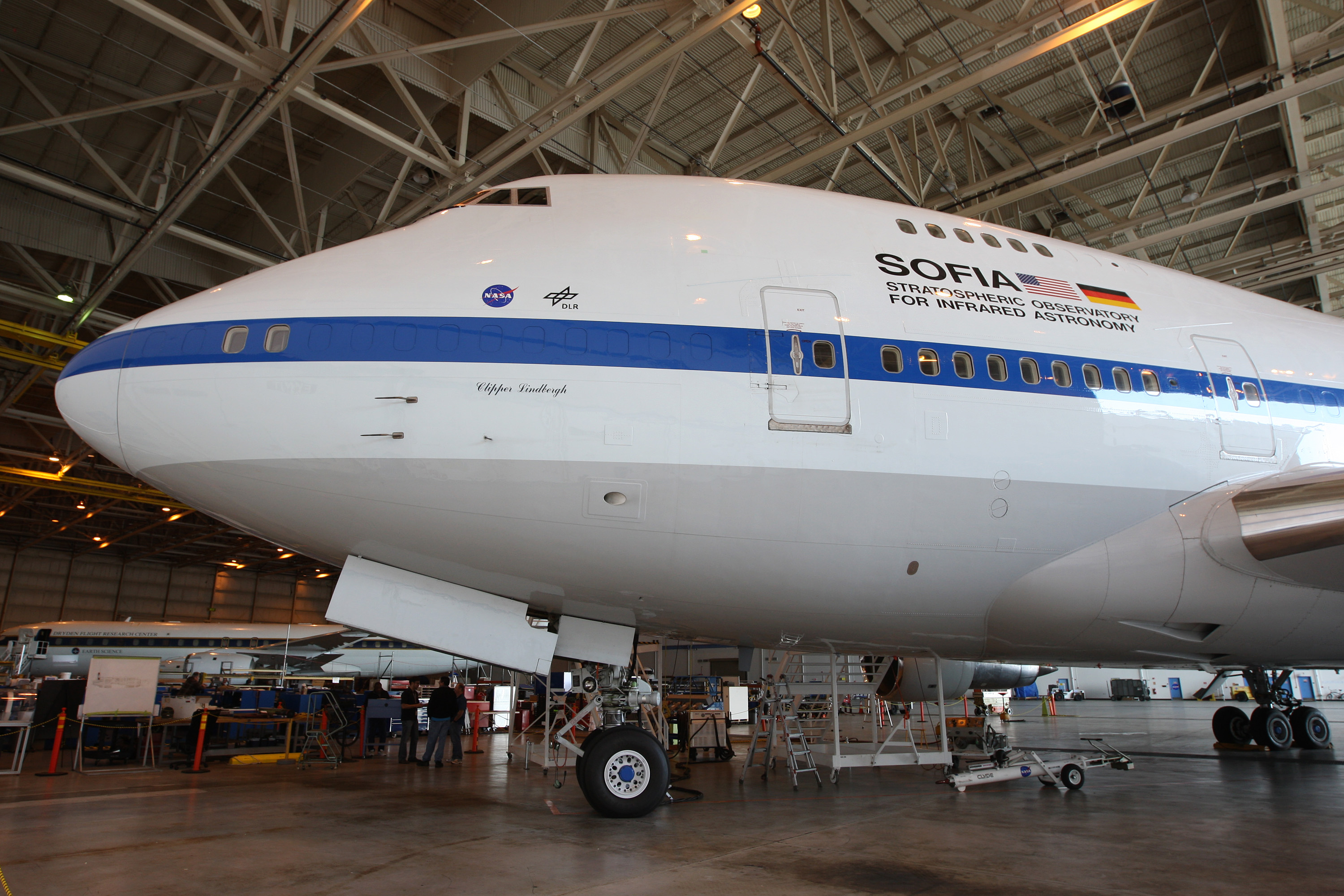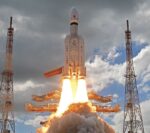Shutdown keeps US experts away from scientific conferences
The NASA-funded Stratospheric Observatory for Infrared Astronomy (SOFIA), the largest airborne observatory in the world, was meant to make a stop at the American Astronomical Society’s 233rd meeting in Seattle, but the government shutdown ended that (DAVID MCNEW)
Washington (AFP) – This week, the American Astronomical Society is meeting in Seattle, but no one from NASA is attending.
In Phoenix, thousands of meteorologists are presenting research on climate change and extreme weather, but hundreds of representatives from the National Weather Service and other US agencies canceled at the 11th hour.
The US government shutdown, now well into its third week, may be focused on a budget dispute between President Donald Trump and Congress over border security, but it is having a ripple effect on the scientific community.
Keith Seitter, the executive director of the American Meteorological Society, told AFP that the absence of about 700 US government employees at his group’s annual meeting will mean the loss of about 800 presentations.
It slashed total attendance at the five-day meeting in Arizona from 4,400 to about 3,700, he said.
Many of the absentees work for the National Oceanic and Atmospheric Administration (NOAA), which is focused on the state of America’s oceans and the atmosphere.
It is also the umbrella agency for the National Weather Service, whose personnel still work on weather alerts and forecasts, but without pay.
NOAA researchers who are not as involved in day-to-day operations but who take care of quality control and the development of forecast models have been furloughed until the wider budget dispute is resolved.
The US space agency NASA and the National Science Foundation, one of the main sources of research funding in the country, have also grounded their experts from attending any conferences until further notice.
A large part of NASA’s budget is earmarked for observation of the Earth.
“This is a real loss in many ways, from agencies not having access to the most recent research coming out of the academic community, to loss of interactions with the private sector, who are innovating new techniques,” Seitter said.
“And of course, all of us are also missing an opportunity to learn more about what the government scientists are doing,” he added, making special mention of improvements to weather forecasting models, now on hold.
“The ripple effects and the lingering impact of this are going to be significant and noticeable.”
– NASA absence felt –
At the American Astronomical Society’s 233rd meeting, which runs through Thursday in Seattle, 10 to 15 percent of the registered participants did not show up in the end, according to organizers — 300-450 people out of 3,200.
The society, which meets twice a year, is a must for researchers in the field.
Hundreds of presentations, press conferences and other events are on the agenda. Many astronomers announce key discoveries at the conferences — on black holes, galaxies or, you know, the formation of the universe.
But 96 percent of NASA staff are considered non-essential, according to Democratic lawmakers. That means 16,700 agency employees have been furloughed until the agency’s new budget is approved.
They cannot even attend the winter meeting as a representative via videolink — even if they pay for their travel out of their own pockets.
“Usually, the director of astrophysics at NASA will come and make a little presentation and then take questions for an hour,” says AAS spokesman Rick Fienberg.
“So sessions like that — that involve government officials who are currently on furlough — obviously, those couldn’t happen.”
The Stratospheric Observatory for Infrared Astronomy, or SOFIA — an aircraft largely funded by NASA, in concert with the German Aerospace Center — was meant to welcome visits onboard in Seattle. No deal.
“That had to be canceled because SOFIA is NASA-funded and it’s currently grounded,” Fienberg said.
The spokesman took pains not to overstate the consequences of the government, saying that the conference sessions were well attended, even if there was an “undercurrent of disappointment.”
At NASA’s booths, subcontractors are holding the reins. An exception was made for co-authors of major studies, who were allowed to make their presentations if the lead authors was absent.
But that doesn’t mean the shutdown is pain-free for the society.
“A lot of what people come for is to interact with their colleagues and peers and friends and to explore new opportunities in research,” he said.
“And some fraction of those conversations aren’t happening, and it’s a shame.”
Disclaimer: This story is published from a syndicated feed. Siliconeer does not assume any liability for the above story. Validity of the above story is for 7 Days from original date of publishing. Content copyright AFP.


